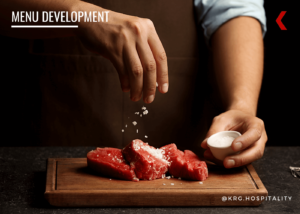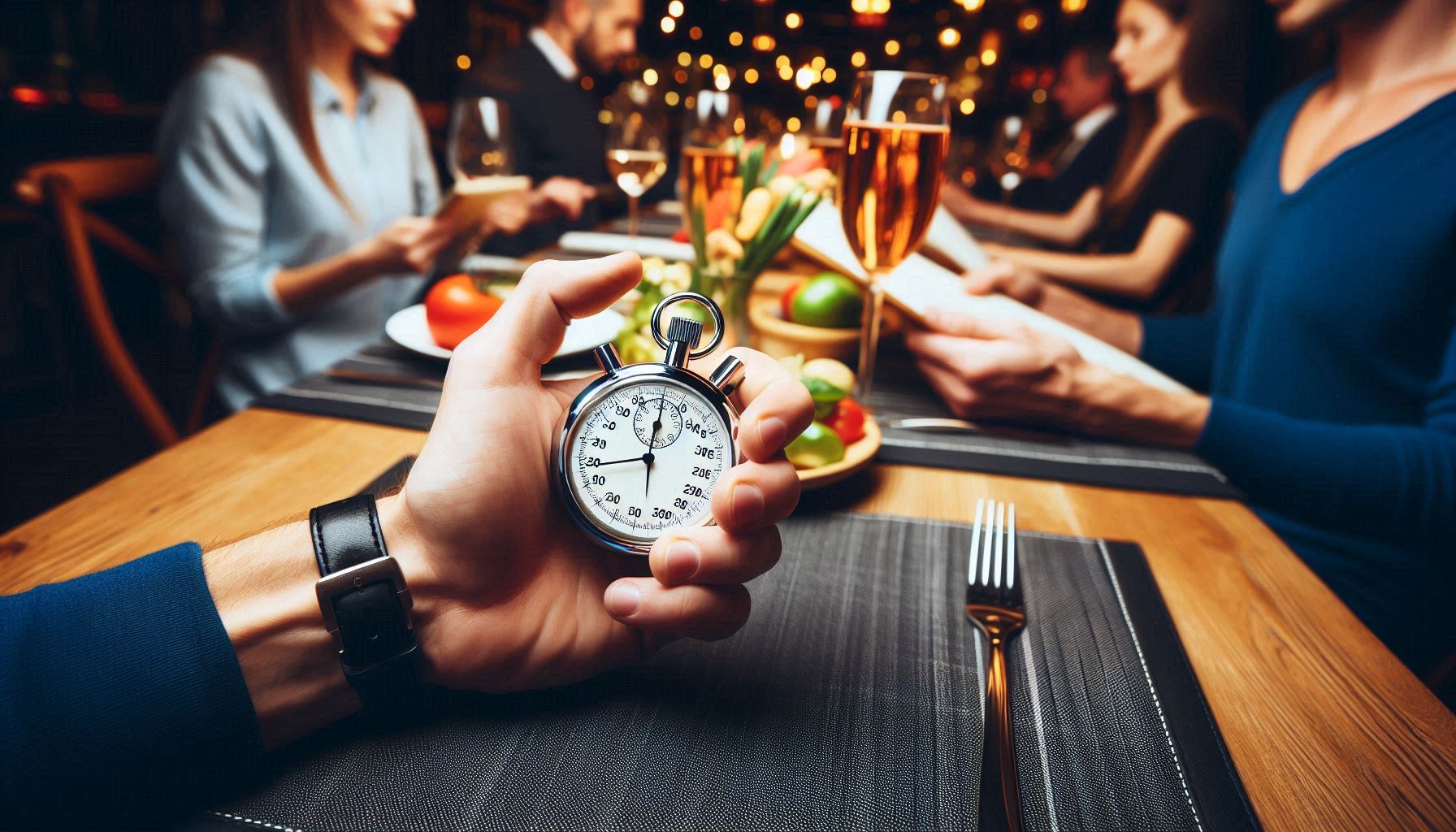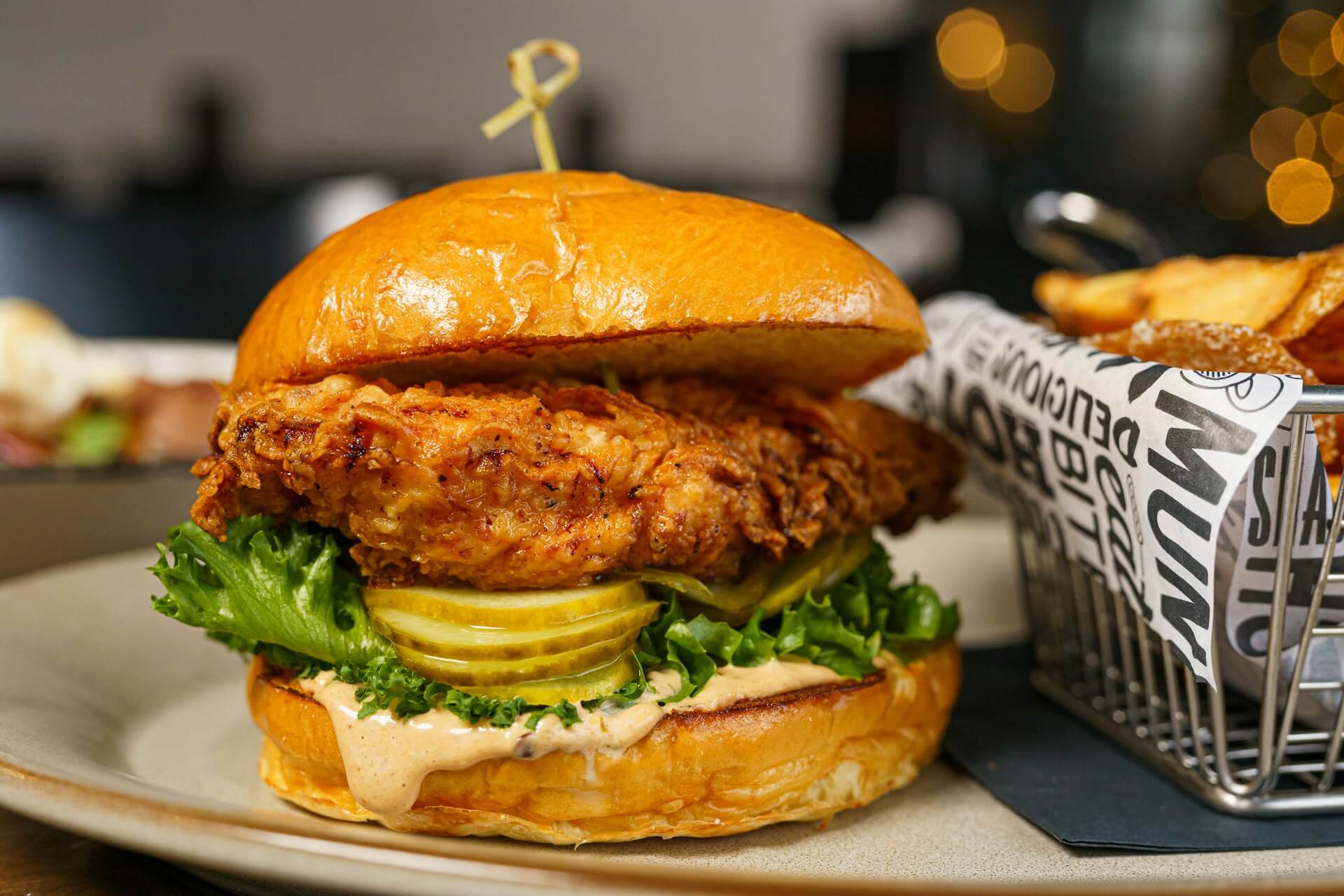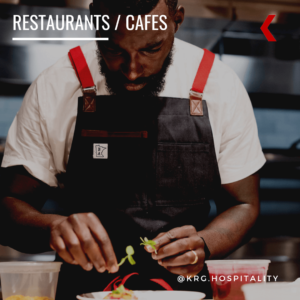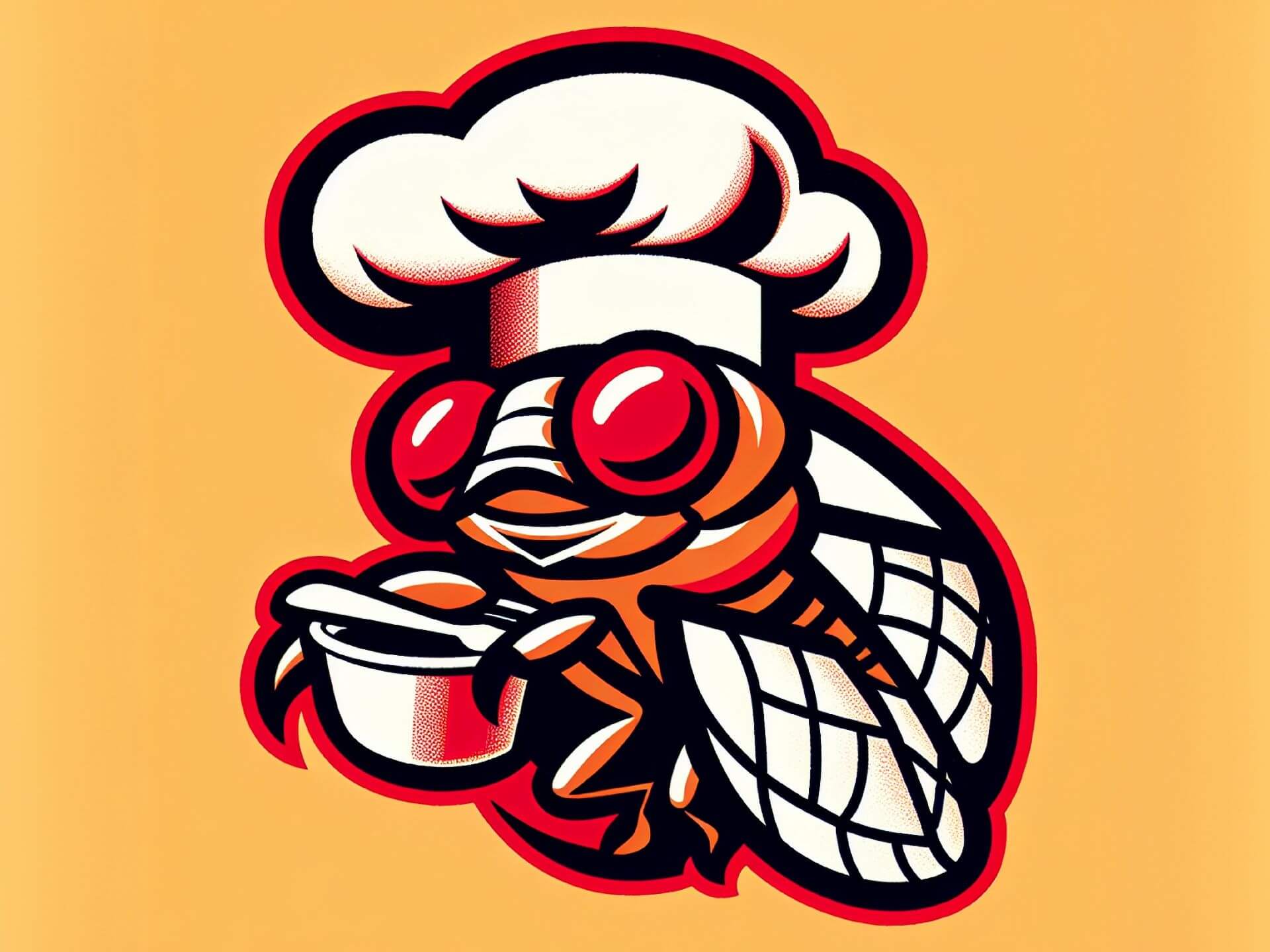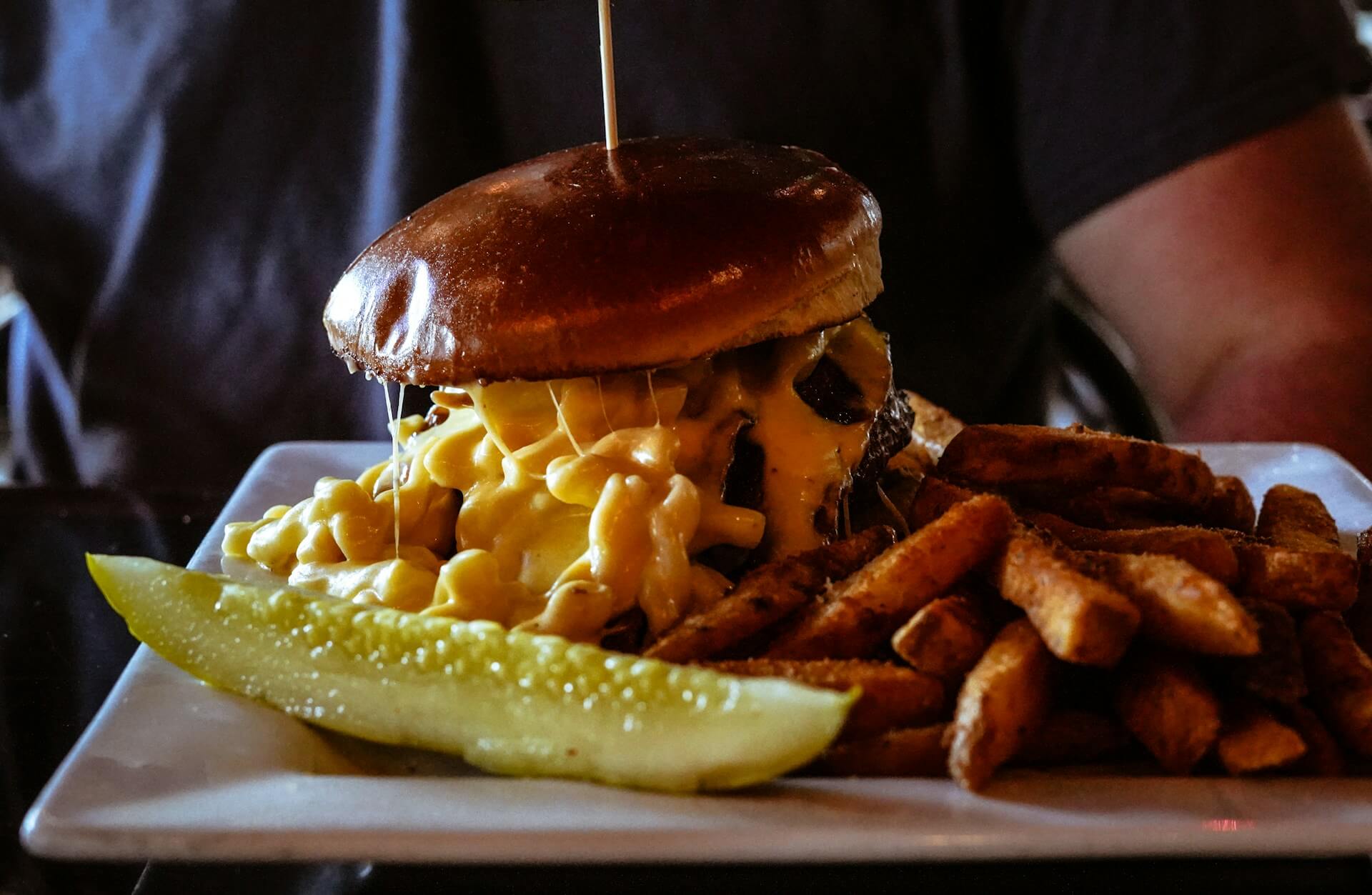Cultivating Your Food Program: From Farm to Table
by Nathen Dubé

When I think of farms, I think of vintage tractors.
The farm-to-table concept has become a cornerstone of modern cuisine, emphasizing the importance of sustainability, local sourcing, and community support.
Developing a sustainable food program that embodies these principles not only enhances the quality of your offerings but also fosters a deeper connection with your community and the environment.
Come along with me as I explore the steps to create a successful farm-to-table food program, the benefits it brings, and how to overcome common challenges along the way.
Understanding the Farm-to-Table Concept
The farm-to-table movement is rooted in the idea of sourcing food directly from local farms and producers, minimizing the distance food travels from harvest to plate. This approach prioritizes freshness, sustainability, and supporting local economies.
Historically, farm-to-table practices were the norm before the rise of industrial agriculture. The resurgence of this movement reflects a growing awareness of the environmental and health benefits of local sourcing.
My journey into the farm-to-table approach began with a profound appreciation for the origins of food.
Growing up in northern Canada, where hunting, fishing, and visiting family farms were common, I developed an early respect for the land and the bounty it provides. This background fueled my passion for integrating farm-to-table principles into my culinary practices.
Steps to Develop a Farm-to-Table Food Program
Research and Planning
The first step in developing a farm-to-table program is thorough research and planning.
Identifying local farms and suppliers who align with your values is crucial. Building relationships with these producers ensures a reliable and sustainable supply chain.
When I start any farm-to-table program, I spend considerable time visiting local farms, understanding their practices, and establishing partnerships.
Developing a personal connection with producers not only ensures the quality of ingredients but also builds a network of trust and collaboration.
Menu Design and Ingredient Sourcing
Creating a seasonal menu that focuses on available produce is central to the farm-to-table philosophy. This approach celebrates the natural cycles of the land, and offers diners the freshest ingredients.
Incorporating local ingredients into your dishes requires creativity and flexibility. Designing a menu around what is seasonally available can lead to innovative dishes that highlight the best of what each season has to offer.
For instance, one summer, I crafted a menu featuring heirloom tomatoes, fresh herbs, and locally caught fish, creating dishes that were vibrant and full of flavor.
Logistics and Supply Chain Management
Setting up an efficient supply chain for fresh produce involves addressing logistical challenges such as delivery schedules and storage. Maintaining the integrity of fresh ingredients requires careful planning and coordination with your suppliers.
One logistical challenge I’ve faced is the coordination of delivery schedules with multiple local farms. One viable solution has been to establish a central drop-off point, working closely with suppliers to streamline the process. This has helped ensure that kitchens receive fresh produce without compromising quality.
Staff Training and Involvement
Educating your team about the farm-to-table philosophy is essential for the success of the program. Training staff on how to handle and prepare local ingredients enhances their skills and instills a sense of pride and ownership in the program.
During a training session focused on the farm-to-table approach, we invited local farmers to speak about their produce and farming practices. This firsthand interaction helped our team understand the importance of sustainability, and the effort behind each ingredient, fostering a deeper connection to our mission.
Benefits of a Farm-to-Table Program
Quality and Freshness
The most immediate benefit of a farm-to-table program is the enhanced flavor and nutritional value of fresh, local produce. Ingredients that are harvested at peak ripeness and delivered quickly retain their natural flavors and nutrients, elevating the quality of your dishes.
Feedback from guests often highlights the noticeable difference in taste and freshness.
I recall one diner remarking that a summer salad—made with just-picked greens, fresh herbs, and vine-ripened tomatoes—was the best they had ever tasted, attributing the quality to the farm-to-table approach.
Community and Economic Impact
Supporting local farmers and the local economy is another significant benefit of the farm-to-table movement. By sourcing locally, you contribute to the sustainability of small farms, and foster a sense of community.
One program we developed impacted local producers positively by providing them with a stable and reliable market for their products. One farmer shared that our partnership allowed them to expand their operations and invest in sustainable farming practices, demonstrating the broader economic benefits of local sourcing.
Environmental Sustainability
The reduction of a carbon footprint through local sourcing, along with the promotion of sustainable farming practices, are crucial aspects of the farm-to-table movement.
Shortening the supply chain reduces transportation emissions, and supporting farms that use sustainable practices helps protect the environment.
Our commitment to sustainability has not only reduced our environmental impact but also resonates with guests. Many of our patrons appreciate knowing that their dining choices support eco-friendly practices, adding another layer of value to their experience.
Case Studies and Success Stories
Successful Farm-to-Table Programs
Several well-known restaurants excel in farm-to-table practices, setting a benchmark for others to follow.
For example, Chez Panisse in Berkeley, California, is renowned for its dedication to local sourcing and seasonal menus, serving as an inspiration for many chefs. Another example is Blue Hill at Stone Barns in New York, where the farm and restaurant work in tandem to create a closed-loop system that exemplifies sustainability.
These establishments highlight the potential for farm-to-table programs to succeed on both large and small scales.
Personal Successes
Implementing our own farm-to-table programs has been a journey of learning and growth.
One of our notable successes was the introduction of a seasonal tasting menu that not only showcased local produce but also told a story of the region’s agricultural heritage. This menu became a favorite among our guests, and earned positive reviews for its creativity and quality.
Challenges and How to Overcome Them
Seasonal Variability and Availability
Adapting to changes in seasonal produce can be challenging. However, embracing this variability allows for creativity and innovation in menu design.
Strategies for menu flexibility include preserving ingredients when they are in peak season, and incorporating preserved items into the menu during off-seasons.
For instance, during the winter months in the past, I have used preserved tomatoes and pickled vegetables from summer harvests. This has ensured that kitchen teams I’ve worked on in the past continued to offer vibrant and flavorful dishes, even when fresh produce was more difficult to find.
Cost Management
Balancing cost with quality and sustainability is a common challenge in farm-to-table programs. Finding cost-effective solutions without compromising on principles requires careful planning and negotiation with suppliers.
KRG Hospitality’s approach to cost management involves working closely with farmers to plan our purchasing around their production cycles, allowing us to secure better prices for bulk orders.
Additionally, minimizing waste through efficient use of ingredients helps control costs while maintaining high standards.
Conclusion
Developing a farm-to-table food program involves careful planning, dedication, and a commitment to sustainability.
The steps outlined above—research and planning, menu design, logistics, and staff training—are essential for creating a successful program. Enhanced quality, community support, environmental sustainability, and other benefits far outweigh the challenges.
I encourage you to embark on your own farm-to-table journey. By sharing your experiences and joining the movement, you can contribute to a more sustainable and connected culinary world.
The rewarding aspects of farm-to-table practices extend beyond the kitchen. They foster a deeper connection to the food we prepare and serve, enhance our relationships with local producers, and contribute to a more sustainable future.
As we continue to embrace these principles, we can look forward to a future where sustainable dining is not just an option but a standard. Let’s continue to cultivate our food programs with care, passion, and a commitment to excellence.
Image: Sean Stratton on Unsplash

